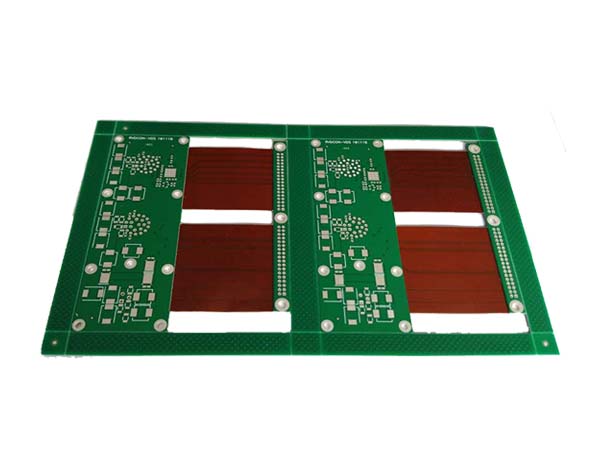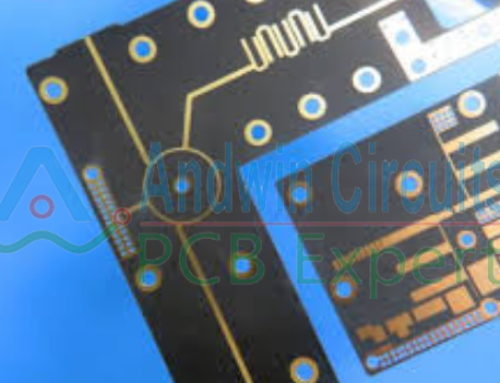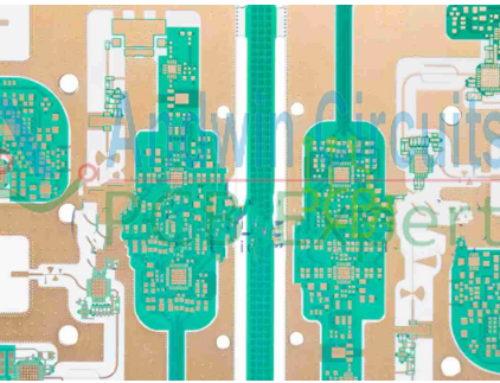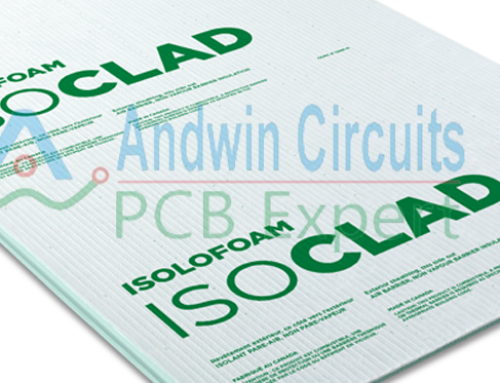The thickness of a flex PCB (Flexible Printed Circuit Board) can vary depending on the specific application and requirements.
Generally, the thickness of a flex PCB ranges from 0.1mm to 0.5mm.
Thinner flex PCBs are more flexible and can bend and fold more easily,
while thicker flex PCBs are more rigid and can withstand more stress and strain.

The thickness of a flex PCB is determined by the number of layers,
the type of materials used, and the overall design of the board.
How to measure the thickness of soft board
Measuring the thickness of a soft board or flexible PCB requires a few simple steps:
1. Lay the soft board on a flat surface and ensure that it is not bent or curved.
2. Use a digital caliper or micrometer to measure the thickness of the board. Place the caliper or micrometer perpendicular to the board surface and gently press down to obtain an accurate measurement.
3. Take multiple measurements at different points on the board to ensure consistency and accuracy.
4. Record the measurements and calculate the average thickness of the board.
It is important to note that the thickness of a soft board may vary slightly due to the materials used and the manufacturing process.
Therefore, taking multiple measurements and calculating the average thickness will provide a more accurate result.
Other PCB products, you may interesting














